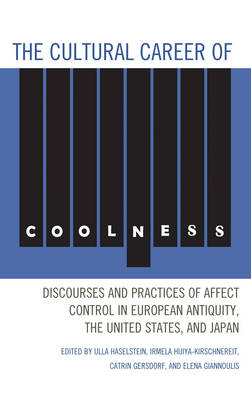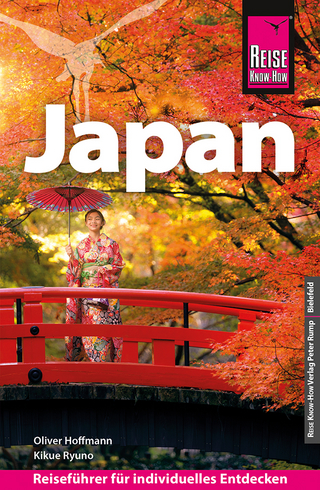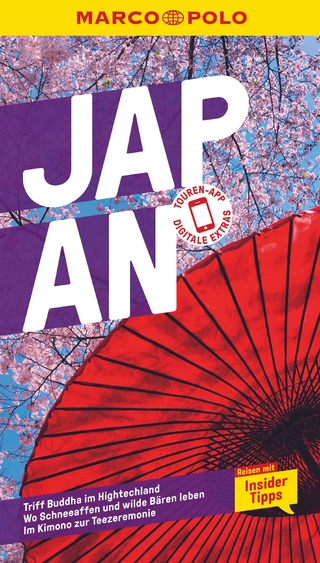
The Cultural Career of Coolness
Lexington Books (Verlag)
978-0-7391-7316-9 (ISBN)
(1) Coolness is a metaphorical term for affect-control. It is tied in with cultural discourses on the emotions and the norms of their public display, and with gendered cultural practices of subjectivity.
(2) In the course of the cultural transformations of modernity, the term acquired new importance as a concept referring to practices of individual, ethnic, and national difference.
(3) Depending on cultural context, coolness is defined in terms of aesthetic detachment and self-irony, of withdrawal, dissidence and even latent rebellion.
(4) Coolness often carries undertones of ambivalence. The situational adequacy of cool behavior becomes an issue for contending ethical and aesthetic discourses since an ethical ideal of self-control and a strategy of performing self-control are inextricably intertwined.
(5) In literature and film, coolness as a character trait is portrayed as a personal strength, as a lack of emotion, as an effect of trauma, as a mask for suffering or rage, as precious behavior, or as savvyness. This wide spectrum is significant: artistic productions offer valid insights into contradictions of cultural discourses on affect-control.
(6) American and Japanese cultural productions show that twentieth-century notions of coolness hybridize different cultural traditions of affect-control.
Ulla Haselstein is professor of American Literature (chair) at the John F. Kennedy Institute and the director of the Graduate School of North American Studies, Freie Universität Berlin. Her book publications include Entziffernde Hermeneutik (1991); Die Gabe der Zivilisation (2000); Iconographies of Power: The Politics and Poetics of Visual Representation (2003, co-edited with Berndt Ostendorf and Peter Schneck), Cultural Transactions: 50 Years of American Studies in Germany (2005, co-edited with Berndt Ostendorf), and The Pathos of Authenticity. American Literary Imaginations of the Real (2010, co-edited with Andrew Gross, MaryAnn Snyder-Körber). Irmela Hijiya-Kirschnereit is professor of Japanology (chair) and director of the Friedrich Schlegel Graduate School of Literary Studies at Freie Universität Berlin. She was awarded the Leibniz Prize 1992. Series Editor: 1990–2000 – Japanische Bibliothek (Japanese Library), 34 volumes; 1994–present – Iaponia Insula (Studies on Japanese Culture and Society), 27 volumes. Her monographs include: Rituals of Self-Revelation: Shishosetsu as Literary Genre and Socio-Cultural Phenomenon. Cambridge, MA. 1996 (German version 1981, expanded ed. 2005, Japanese version 1992); ed.: Canon and Identity: Japanese Modernization Reconsidered: Trans-Cultural Perspectives. (2000). Catrin Gersdorf is professor and chair of American Studies at the University of Wuerzburg, Germany. From 2009 to 2012 she was a member of the research group on “Coolness” at the research cluster “Languages of Emotion,” Freie Universität Berlin. The author of The Poetics and Politics of the Desert: Landscape and the Construction of America (2009), she has published several articles on nineteenth and twentieth-century US-American literature and culture. Elena Giannoulis is advanced research fellow at the Institute of East Asian Studies at Freie Universität Berlin. From 2010 to 2012 she was a researcher in the “Languages of Emotion” Cluster at Freie Universitaet Berlin. She currently works on her project Emotion Management in Japanese Literature and Culture since the 1980s. Publications: Giannoulis, Elena. Blut als Tinte: Wirkungs- und Funktionsmechanismen zeitgenössischer shishosetsu [Blood as Ink: Mechanisms of effects and functions of contemporary shishosetsu]. (2010).
Introduction, by Ulla Haselstein and Irmela Hijiya-Kischnereit
Part I: “Coolness” in Antiquity
Chapter 1: Emotionally challenged, wisely detached, or incredibly cool? On Stoic Apathy, by Catherine Newmark
Chapter 2: Roman Cool, by Daniel L. Selden
Part II: American Cool
Chapter 3: The Cultural Career of Coolness, by Ulla Haselstein
Chapter 4: Kinds of Cool: Emotions and the Rhetoric of Nineteenth-Century American Abolitionism, by Catrin Gersdorf
Chapter 5: The Mask of Cool in Postwar Jazz and Film Noir, by Joel Dinerstein
Chapter 6: Cool Revenge: Kill Bill and the Female Warrior, by Sophia Frese
Part III: Japanese Cool
Chapter 7: Is Japan Cool?, by Irmela Hijiya-Kischnereit
Chapter 8: “Hot” and “Cold” and “Cool”: Toward a Climatology of Japanese Culture, by Jens Heise
Chapter 9: Cold Norms and Warm Hearts: On the Conception of Etiquette Rules in Advice Books from Early Modern and Modern Japan, by Michael Kinski
Chapter 10: Iki as a mode of Japanese coolness, by Elena Giannoulis
Chapter 11: The Domestication of the Cool Cat, by Paul Roquet
Chapter 12: Marketing National and Self Appearances: Cool and Cute in J-Culture, Aviad E. Raz
Part IV: Global Cool
Chapter 13: Cool Capitalism at Work, by Jim McGuigan
About the Authors
| Co-Autor | Joel Dinerstein |
|---|---|
| Verlagsort | Lanham, MD |
| Sprache | englisch |
| Maße | 159 x 236 mm |
| Gewicht | 558 g |
| Themenwelt | Reiseführer ► Asien ► Japan |
| Geisteswissenschaften ► Geschichte ► Regional- / Ländergeschichte | |
| Geisteswissenschaften ► Sprach- / Literaturwissenschaft ► Anglistik / Amerikanistik | |
| Geisteswissenschaften ► Sprach- / Literaturwissenschaft ► Literaturwissenschaft | |
| Sozialwissenschaften ► Ethnologie | |
| Sozialwissenschaften ► Soziologie | |
| ISBN-10 | 0-7391-7316-2 / 0739173162 |
| ISBN-13 | 978-0-7391-7316-9 / 9780739173169 |
| Zustand | Neuware |
| Haben Sie eine Frage zum Produkt? |


